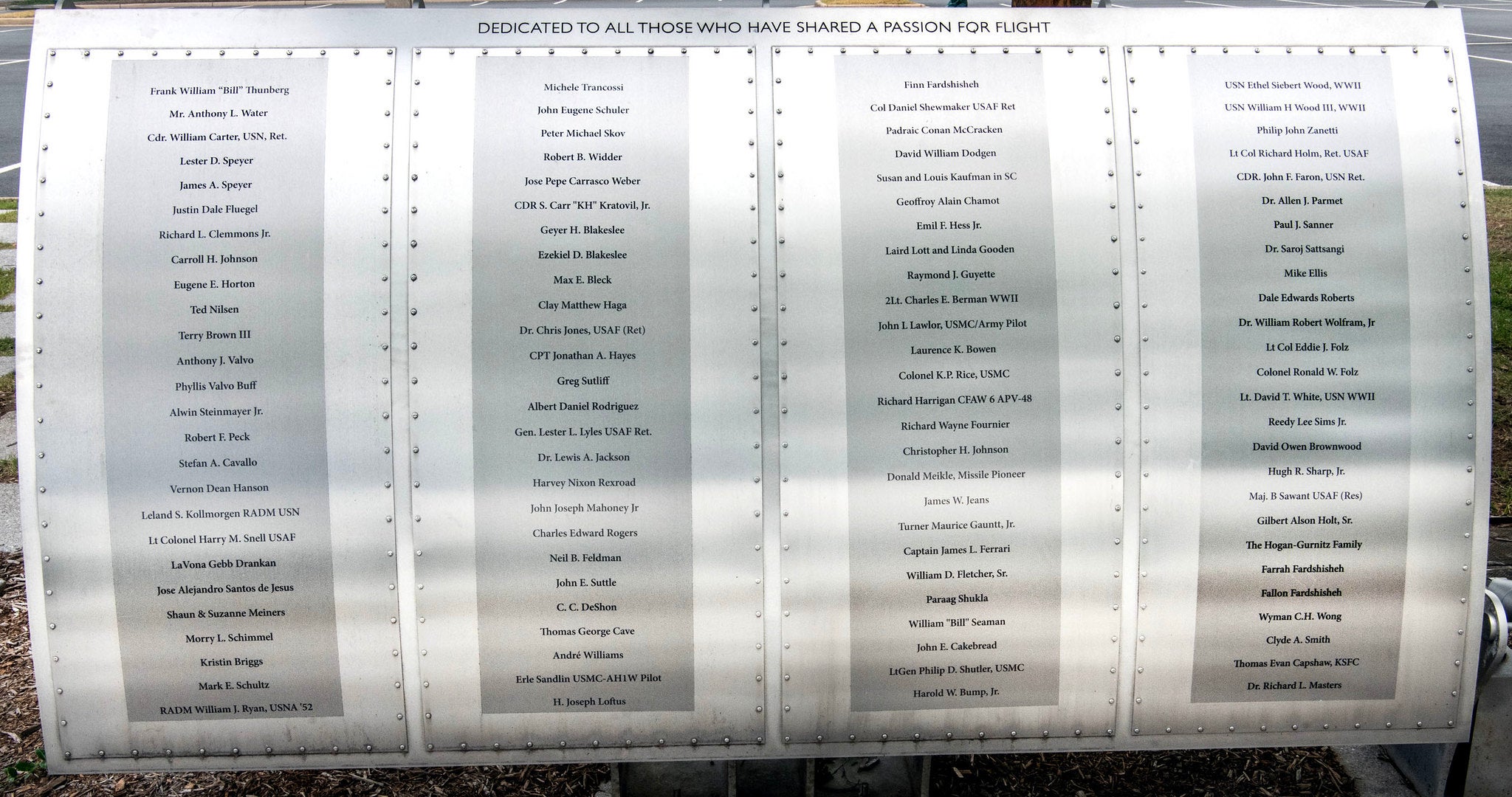Clyde A. Smith

Foil: 47 Panel: 4 Column: 1 Line: 24
Wall of Honor Level: Air and Space Leader
Honored by:
Janet Smith Elder
Clyde Augustus Smith was born in Jan 9, 1935 to Mann and Ruby Cryer Smith in the town of Lexington, Holmes County, Mississippi in 1935. A gifted autodidact, he excelled in math, science, and all things mechanical and became the Valedictorian of his 1954 class at Saints Academy. Clyde enlisted in the United States Army after graduating high school and was among the first African Americans accepted to the Army Signal School at Fort Monmouth, New Jersey in December 1954. In May 1955 he attended and trained at the U.S. Army Ordnance Guided Missile School, Redstone Arsenal in Alabama. Skilled in electronics and radar systems he was eventually assigned to the 558th Field Artillery Missile Battalion in Germany. His ability and intellect were apparent as he was lauded by his superiors who specifically outlined his superior performance as an electronic technician. In August 1957 his commanding officer, Capt. Hans W. Strohm wrote, "I would like to make it a matter of recognition and record that you have in effect been the principal and almost sole technician to support the ground guidance of the 558th FAM Battalion since April 1957, and as such have done a superior job." Clyde who was the only African American in his unit, received numerous Letters of Commendation for his superior performance and outstanding support to the 138th Ordnance Company and 558th Battalion. Following his discharge from the Army in 1957 as a SP2 (E-5), he moved to Detroit, Michigan to marry his high school sweetheart from Saints Academy, Rosie Spencer.
Clyde was hired by the Chrysler Missile Division in January 1958 in Detroit, Michigan, where he worked on Jupiter, Redstone and Mercury Projects. He was later reassigned to Marshall Space Flight Center, Alabama in 1961 working the Saturn Project; to be followed by an assignment to the Michoud Assembly Center in New Orleans, Louisiana in 1962. Clyde was featured in The Wayfarer in 1966, a publication for the Chrysler Corporation which described their participation "as one of four contractors involved in the mammoth Michoud Operations." It was there as part of Chrysler Space Division he took part in the building of the first-stage boosters that were part of the Saturn I, Saturn IB, and Saturn V launch vehicles.
The Wayfarer stated, "With nearly 5,000 Chrysler employees working on the Saturn Program at Michoud, Huntsville and Cape Kennedy the Corporation has an unequaled record of producing the most reliable boosters in the in the industry. After meticulous inspection by Company Officials each booster must be accepted by NASA before leaving Michoud ?€¦ 'Quality and reliability are things you cannot inspect in a rocket. They must be built into it ?€¦ with an almost religious dedication and devotion to perfection ?€¦' said Dr. von Braun. After acceptance, the booster is moved to Huntsville by barge over the Mississippi, Ohio, and Tennessee Rivers for static firing tests. It is then sent back to Michoud for final check-out before being transported by barge down the Gulf of Mexico to Cape Kennedy, Florida. The water route, in all covers 3,000 miles. It is accompanied at all times by a U.S. Coast Guard Vessel." Clyde, among other African Americans, was featured and listed as part of Chrysler Management, Senior Quality Control Engineer. He eventually had the responsibility of assuring all was in order before turning boosters over to NASA.
During his time with Chrysler Space Division he received numerous accolades and was honored for his work by Marshall Space Flight Center Director Rocco A. Petrone and NASA Administrator, James C. Fletcher. He participated in every Apollo project and mission, Skylab and Apollo-Soyuz projects. Although he was thrilled with every space endeavor he participated in, needless to say, he was most excited by the Apollo 11 Project, the first landing of men on the moon, and "winning" the Space Race. He worked behind the scenes at the Johnson Space Center, Houston and Cape Kennedy in Florida, he served in back-up launch locations. In 1973 he was invited as an Honored Guest to witness the launch of SKYLAB 1 and 2 in recognition of his excellent job in the program. The Apollo-Soyuz Project would be his last, as Clyde became stricken with cancer and died April 17, 1977 at the age of 42. His love for space exploration is remembered by his wife and three children as he was thrilled and proud to be part of the early team that made it a reality here in the United States of America.
Wall of Honor profiles are provided by the honoree or the donor who added their name to the Wall of Honor. The Museum cannot validate all facts contained in the profiles.
Foil: 47
All foil images coming soon.View other foils on our Wall of Honor Flickr Gallery
